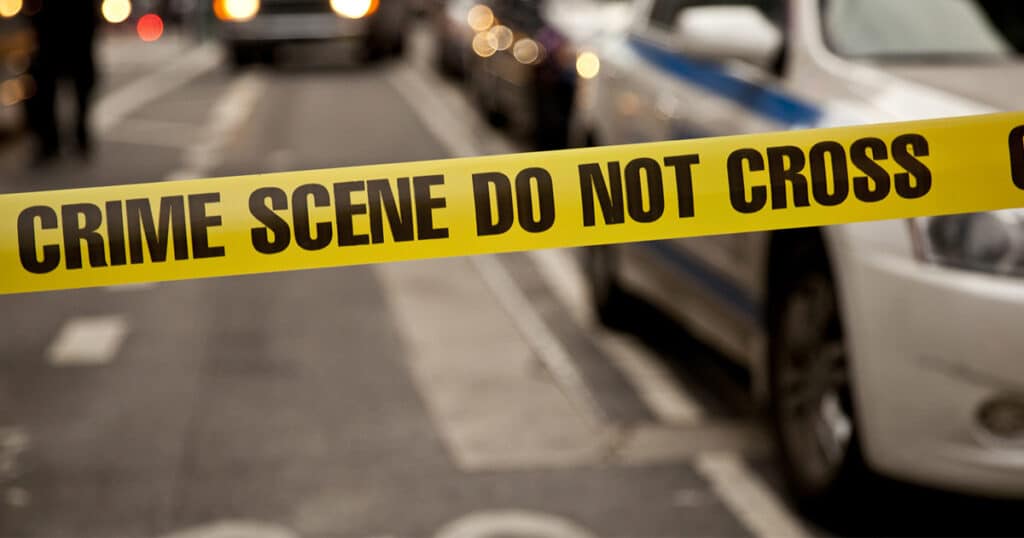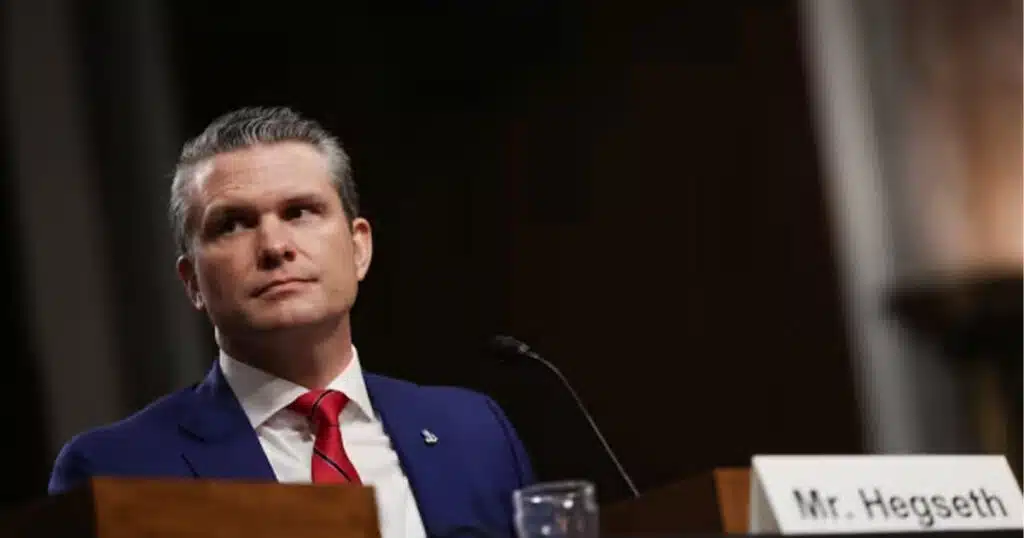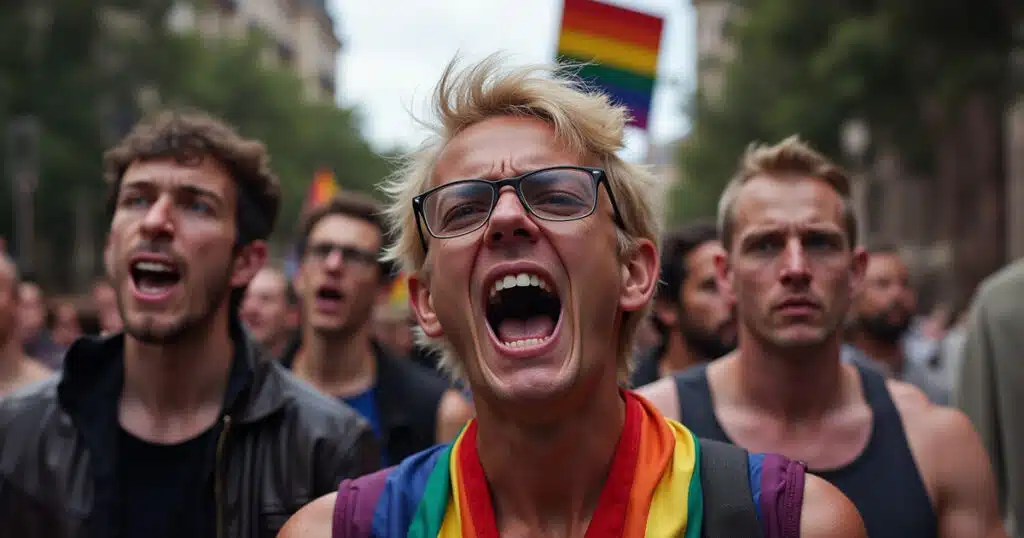
Washington Post Columnist’s Deceptive Op-Ed on Murder Rates—and Why it Matters
In July, Washington Post columnist E.J. Dionne Jr. penned a piece titled, “The good news about murder,” purporting to explain how and why violent crime rates rose during the pandemic years but have drastically fallen since.
The problem? In his column, he conspicuously ignores the pre-pandemic crime spikes in cities with “progressive” policies and conveniently memory holes the pro-criminal policies of elected Soros-backed rogue prosecutors and anti-police lawmakers.
In failing to seriously consider, much less acknowledge, the impact of the rogue prosecutor movement (which began in 2016) and anti-police measures like police defunding (which also began well before the pandemic), Dionne’s piece distorts beyond recognition the causes and effects of the crime spike that began in 2017, not 2020.
As a result, he also overlooks what ultimately drove crime rates down—a topic one of us (Stimson) co-wrote an entire book on.
Dionne, like many on the left, buys into the so-called pandemic crime wave as a way to divert attention from the fact that crime rates exploded in Chicago, Philadelphia, Los Angeles, St. Louis, and other cities years before the pandemic.
Viruses don’t cause crime to rise. Crimes are committed by criminals. And the crime spike was set in motion by choices—specifically, the choices of “progressive” prosecutors, who issued wholesale non-prosecution policies, and of local leaders, who defunded and demonized their police departments.
Either Dionne is blissfully ignorant of these realities and their consequences, or he’s engaged in editorial flimflam.
The “Progressive” Decision Not to Prosecute
The last nationwide crime spike peaked around 1992. Then, crime rates fell dramatically across the country—up until the 2016 election of the first Soros-backed soft-on-crime “progressive” prosecutors.
Well before the pandemic, The Heritage Foundation observed that crime rates were rising in large cities—including Philadelphia, San Francisco, Boston, and Chicago—immediately after soft-on-crime prosecutors were elected through financial support from George Soros and his network of wealthy ultra-liberal friends.
Once elected, these prosecutors promulgated policies that watered down many felonies to misdemeanors, prohibited prosecuting many/most misdemeanors, eliminated cash bail, imposed lighter sentences, declined to prosecute entire categories of crimes, prohibited violent juveniles from being prosecuted as adults, and more.
The results were predictable, traceable, and tragic. In 2020, for instance, Philadelphia District Attorney Larry Krasner’s leniency toward repeat offender Hassan Elliott (through reduced charges, lax bail, and failure to enforce parole violations) enabled Elliott to remain free and murder veteran police officer James O’Connor.
Often, the increased rates of violence predate the pandemic—meaning they could not have been caused by it. In Baltimore, homicides surged beginning in 2015—well before COVID—with the city averaging 331 killings per year between 2015 and 2019, putting the murder rate far above pre-2015 levels.
This coincides with when rogue prosecutor Marilyn Mosby became the state’s attorney for Baltimore in January 2015. Under her tenure, not just murder, but rape, aggravated assault, and robbery numbers increased.
The connection between the crime rates and the crime-causing radical policies of the rogue prosecutor movement also helps explain why crime has gone back down since 2022. Increasingly, progressive prosecutors’ policies have faced public backlash, including in Los Angeles, Chicago, St. Louis, and San Francisco.
Denizens of blue cities, who originally voted for “reform” district attorneys, realized that those attorneys’ policies caused crime to go up—and so threw them out of office. Not coincidently, when George Gascon, Kim Foxx, Rachael Gardner, and Chesa Boudin left or were removed from office, crime rates in their cities plummeted.
Dionne lists Baltimore as the city with the largest recent improvement in its murder rate, a 59% drop since 2021. What he ignores, or doesn’t realize, is that the main reason crime rates dropped is because voters had enough of Mosby and her pro-criminal policies and replaced her with Ivan Bates, who pledged to avoid his predecessor’s mistakes.
When did Mosby lose her primary to Bates? July 2022.
What happened next—namely, the very crime drop that Dionne identifies—simply confirmed the negative effects of soft-on-crime prosecuting.
“The numbers don’t lie,” explained Maryland Public Policy Institute fellow Sean Kennedy. “Ivan Bates’s model of targeting the most violent or violence-prone offenders (gun carrying criminals) is the primary driver of Baltimore’s miraculous success.”
These facts are stubborn things—but Dionne neverconsiders them. He would sooner blame President Donald Trump’s immigration enforcement—which he says (without evidence) could increase crime—than identify the elephant in the room: You can’t cut down on violence if you don’t punish it.
The “Progressive” Decision Not to Police
Dionne somehow also misses the other elephant in the room: the decision to reduce police budgets. In 2020 and 2021, as the “defund the police” movement gained momentum after George Floyd’s death, dozens of major cities—including Los Angeles, New York, Seattle, and Minneapolis—slashed police expenditures by hundreds of millions of dollars.
These cuts weren’t limited to administrative excess; they also hit recruitment, training, and staffing, leaving departments unable to keep pace with rising violence.
When Dionne discusses the “defund the police” movement, he only notes the “backlash and political recriminations that worked against Democrats.” His column glosses over the much more important (and patently obvious) fact that cutting police budgets increased criminal activity.
A May 2025 study across 15 large cities demonstrates what common sense would otherwise presume: “[T]he sooner police activity (arrests and stops) began to recover from their post-Floyd slide, the earlier murder numbers began to drop.”
On this point, Dionne tries to have his cake and eat it too by defending both “effective policing” and so-called “crime-fighting progressive mayors.” But anyone who has followed criminal justice in the past half-decade knows that the latter phrase is a self-contradiction. Dionne might as well describe “anti-interventionist war hawks” or “pro-tariff free traders,” for, in each case, the adjective cuts directly against the noun.
Ultimately, crime surged, not merely from lockdowns, but because prosecutors and policymakers abandoned enforcement, and crime has returned to more normal levels only where those errors have begun to be corrected.
Attributing the shift to the pandemic treats the surge as an environmental disease rather than something our leaders helped create. This is not only overly simplistic, but actively harmful: We can only continue down the path to recovery if we admit that our policies—our decisions—backfired, and must, in turn, be corrected.



